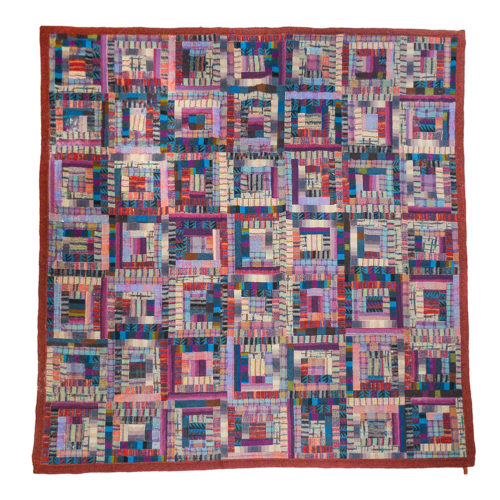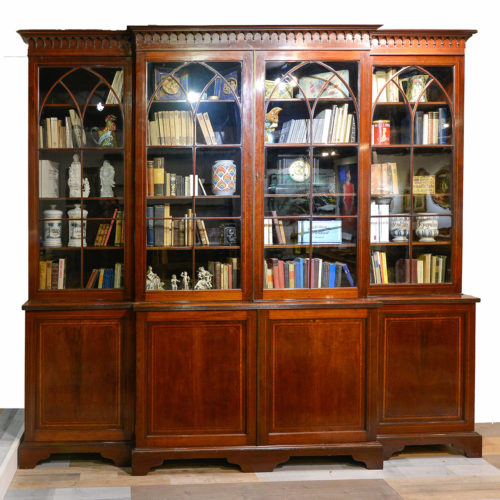-
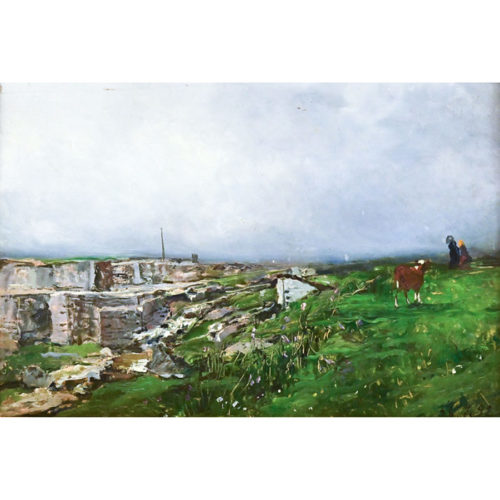 "Grey weather" oil on panel by Lorenzo Delleani. Original work by the artist from Biella, oil on panel 31 x 45 cm, with authentication by Bistolfi on the back and confirmation from the Archivio Pittori e Scultori Piemontesi. The painting depicts one of the frequent grey days of fog and rain around the Sanctuary of Oropa, more precisely in the meadow above the Sanctuary, where twenty years later the construction of the New Basilica of Oropa began. Period: 29/7/92 Measurements: In frame H 51,5 x W 65,5 x D 6,5 / Tablet H 31 x 45 cm
"Grey weather" oil on panel by Lorenzo Delleani. Original work by the artist from Biella, oil on panel 31 x 45 cm, with authentication by Bistolfi on the back and confirmation from the Archivio Pittori e Scultori Piemontesi. The painting depicts one of the frequent grey days of fog and rain around the Sanctuary of Oropa, more precisely in the meadow above the Sanctuary, where twenty years later the construction of the New Basilica of Oropa began. Period: 29/7/92 Measurements: In frame H 51,5 x W 65,5 x D 6,5 / Tablet H 31 x 45 cm -
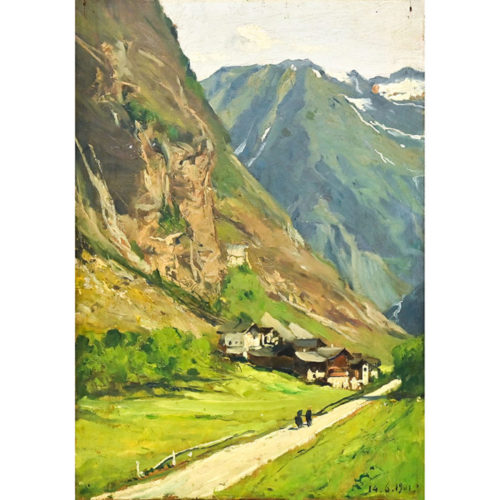 Valsesia surroundings of Carcoforo, Monte Rosa Oil on canvas by Lorenzo Delleani (Pollone 1840 – Torino 1908). Painting depicting the Valsesia near Carcoforo, dated 14 June 1901, with original Delleani frame. Stamp and authentication of Bistolfi on the back. Period: 14/06/1901 Measurements: In frame H 69.5 x W 57.5 x D 6.5 / Tablet H 44.5 x W 31.5 cm
Valsesia surroundings of Carcoforo, Monte Rosa Oil on canvas by Lorenzo Delleani (Pollone 1840 – Torino 1908). Painting depicting the Valsesia near Carcoforo, dated 14 June 1901, with original Delleani frame. Stamp and authentication of Bistolfi on the back. Period: 14/06/1901 Measurements: In frame H 69.5 x W 57.5 x D 6.5 / Tablet H 44.5 x W 31.5 cm -
Out of stock
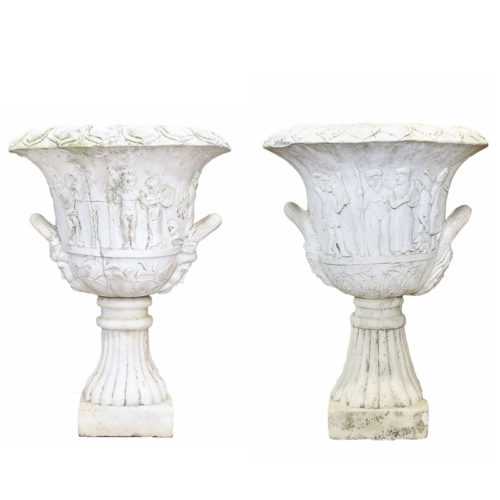 Period: Early 1900s Measurements: H 90 x Ø 68 cmPair of large sculpted vases in Carrara marble, neoclassical style, in very good condition.
Period: Early 1900s Measurements: H 90 x Ø 68 cmPair of large sculpted vases in Carrara marble, neoclassical style, in very good condition.
